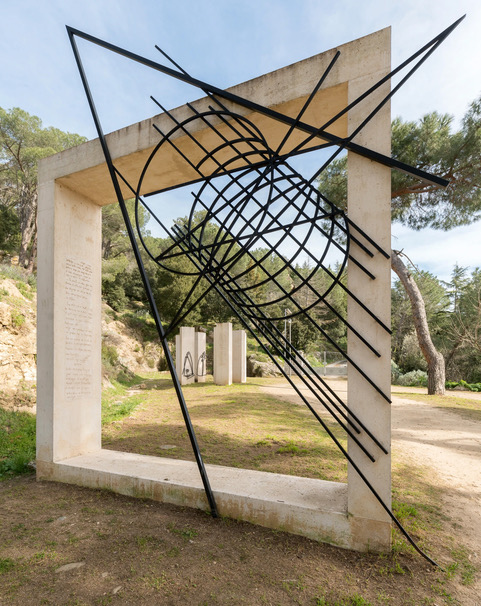– Chiara Gatti –
For several years now, the Italian Ministry of Culture’s competition for “i borghi più belli d’Italia” has been rewarding historic town centers that dedicate themselves to preserving the urban fabric and enhancing local identity and excellence. Among the listed locations, there are naturally famous towns like Sabbioneta in Lombardy, Triora in Liguria, or Radicofani in Tuscany; but lesser-known places also emerge—off the tourist maps and outside mainstream guidebooks—which have earned recognition for their cultural policies aimed at combating depopulation and promoting sustainable and inclusive economic growth for their communities.
Believing in one’s own territory—in its history and its fabric made of layers and a deep sense of belonging rooted in local memory—is the only way to envision the regeneration of cities and the revitalization of depopulated centers, drained by short-sighted gentrification policies blinded by the dream of new modern neighborhoods that are just as impersonal as they are lacking in substance.
This is, unfortunately, also the case in Nuoro and its marvelous old quarters, dotted with indelible traces of a romantic, authentic, and pure era—now faded in the neglect of urban decay, in the abandonment of crumbling buildings, in the melancholy of worn-out signage, rusted like the decorative elements of the main streets or the arteries leading to sites of cultural interest, such as Piazza Satta or La Solitudine (“Solitude”)—a fitting name to describe the forgotten state surrounding Maria Lai’s neglected masterpiece.
While the Ministry’s call for applications aligns with a growing array of funding opportunities for village heritage—alongside other initiatives like the various “capitals” of culture or (more recently) contemporary art—it would nonetheless be desirable for a public administration, one that is sensitive to the fate of its own land and equipped with a visionary mindset, to place the fundamental goals of livability, well-being, and shared beauty at the top of its list of priorities. Such awareness—that investing in quality of life and the environment, in cultural initiatives and the places that represent them, is the only way to ensure, as Kundera said, “the survival of a people and their history”—is what we should all aspire to.

